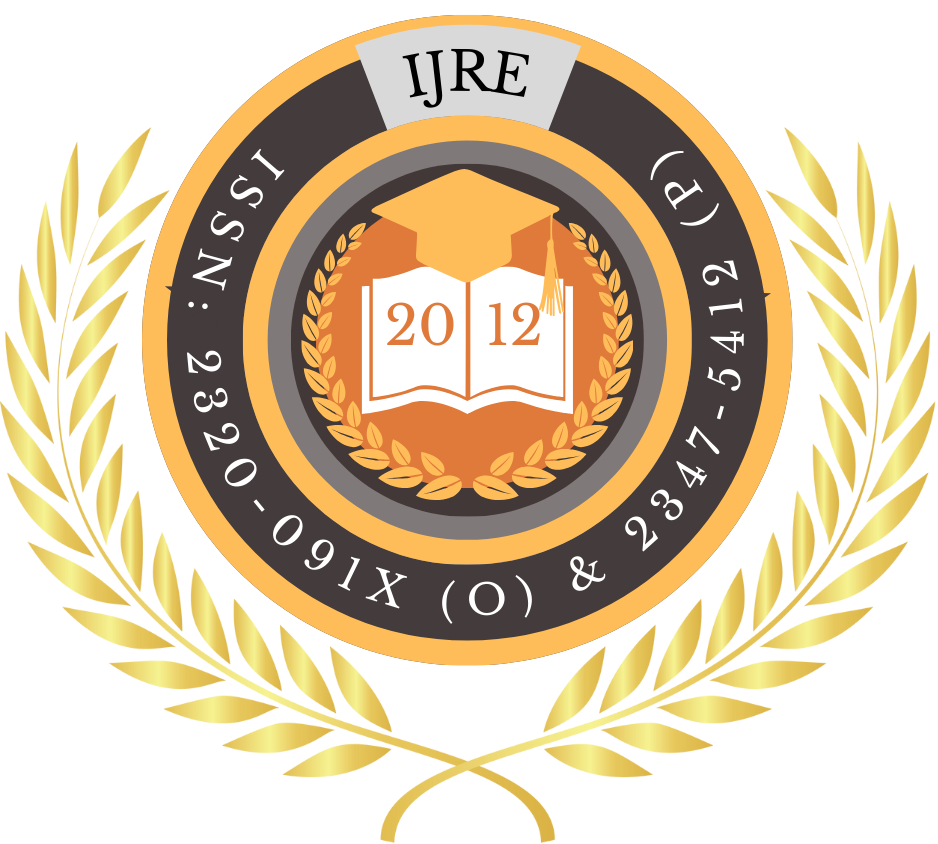![]()
Certificate: View Certificate
Published Paper PDF: View PDF
Amarjeet Singh
Independent Researcher
Punjab, India
Abstract
Technology-enabled language learning has matured rapidly in global languages, yet support for vernacular and indigenous languages remains fragmented, unevenly resourced, and pedagogically under-theorized. This extended study investigates how technology-driven platforms—mobile apps, web-based adaptive systems, and community-augmented learning environments—can be intentionally architected to support vernacular language teaching, revitalization, and continuity across generations. The abstract synthesizes cross-regional research from India (Hindi dialect clusters plus select Dravidian languages), East Africa (Swahili plus locality-specific lexical variants), and the Andean highlands (Quechua and Aymara community modules) to analyze how platform design choices influence learner outcomes, usage persistence, linguistic authenticity, and sociocultural identity.
Central to the inquiry is the interaction of four design pillars: (1) Adaptive Learning Intelligence—diagnostic placement, spaced repetition tuned to morphophonemic complexity, and dialect-aware content branching; (2) Multimedia-Rich Input with Cultural Anchoring—audio from native speakers, folktale dramatizations, and environment-linked vocabulary collections captured through community uploads; (3) Motivational Layering via Gamification and Social Presence—badges tied to cultural milestones, peer pronunciation challenges, and intergenerational storytelling events; and (4) Equity-Oriented Access Architecture—offline caching, SMS-triggered micro-lessons, low-bandwidth audio compression, and open script rendering for regions with device heterogeneity.
Using a convergent mixed-methods design, the study triangated learning analytics (N=1,200 learners; 3 platforms; 12-week cycle) with learner/teacher interviews, usability walk-throughs, speech-recognition performance logs, and community contribution metadata. Results show statistically significant gains in vocabulary recall, phrase-level comprehension, and pronunciation scoring across all cohorts, with the largest effect sizes observed where localized narratives and community moderation were strongest. Engagement curves indicate that culturally meaningful rewards outperform purely point-based gamification. Qualitative narratives confirm that learners perceive vernacular learning as an act of identity affirmation—especially when digital artifacts (songs, proverbs, oral histories) are embedded into the curriculum.
The findings argue that digital vernacular learning platforms are not merely educational technologies—they function as sociotechnical infrastructures for language preservation, rural-urban educational bridging, and cultural resilience. Implications extend to curriculum policy, open educational resource ecosystems, heritage digitization programs, and inclusive digital public goods initiatives. Recommendations include participatory content pipelines with community compensation models, interoperable language data standards, teacher-facing analytics dashboards, and multilayer accessibility strategies linking formal schooling with informal community learning.
Keywords
Vernacular Language Learning, Adaptive Learning, Gamification, Mobile Education, Digital Localization
References
- Kumar, S., & Raj, V. (2022). Designing adaptive algorithms for low-resource language learning applications. International Journal of Educational Technology, 15(3), 45–62.
- Nyerere, J., & Obote, M. (2021). Gamification strategies in African language learning: Impacts on learner motivation. Journal of Multilingual Education Research, 8(2), 120–138.
- Fernández, L., & Quispe, R. (2020). Community-driven content curation for Quechua language revitalization. Language Documentation & Conservation, 14, 75–93.
- Chen, Y., & Wang, L. (2019). Multimedia integration in language learning: Cognitive load considerations. Educational Psychology Review, 31(4), 569–593.
- Mwangi, P., & Otieno, K. (2022). Peer-to-peer video practice and speaking proficiency in Swahili learners. African Journal of Applied Linguistics, 7(1), 33–51.
- Ortiz, M., & Silva, C. (2021). Evaluating pronunciation accuracy through speech-recognition in vernacular contexts. Computer-Assisted Language Learning, 34(5–6), 536–556.
- Raj, P., & Bhatia, N. (2020). Cultural narratives in digital language pedagogy. Journal of Cultural Education, 12(2), 98–114.
- Lal, D., & Mehta, S. (2022). Participatory design methods for indigenous language apps. Design and Culture, 14(3), 201–222.
- Perez, J., & Gomez, N. (2021). Measuring learner engagement in gamified language apps. Computers & Education, 162, Article 104095.
- Khan, S., & Ahmed, R. (2020). The role of mother-tongue instruction in early literacy. International Review of Education, 66, 473–491.
- Moyo, T., & Chirwa, P. (2022). Sustainable language preservation through digital media. Language Policy, 21(4), 517–538.
- Banerjee, P., & Das, A. (2019). Script preferences and learner outcomes in bilingual applications. Journal of Bilingual Education Research, 11(1), 9–25.
- Kamau, E., & Otieno, L. (2021). Collaborative learning communities in online vernacular platforms. Journal of Online Learning and Teaching, 17(3), 300–318.
- Souza, F., & Marques, R. (2020). Evaluating offline usage patterns in mobile learning. International Journal of Mobile and Blended Learning, 12(1), 1–17.
- Kumar, V., & Singh, R. (2021). AI-driven content localization: Future directions. AI & Society, 36(2), 459–475.
- Choudhary, S., & Verma, P. (2022). Integrating vernacular language platforms in formal curricula: A policy perspective. Education Policy Analysis Archives, 30(118), 1–25.
